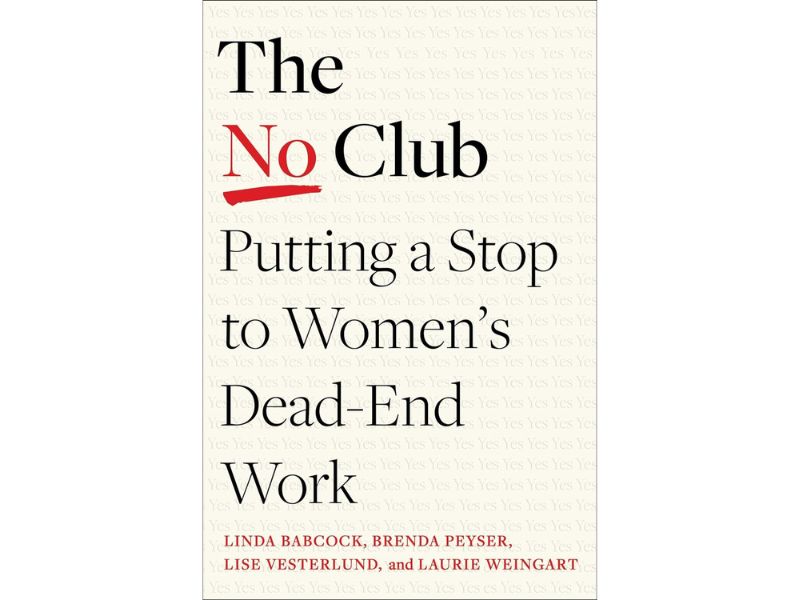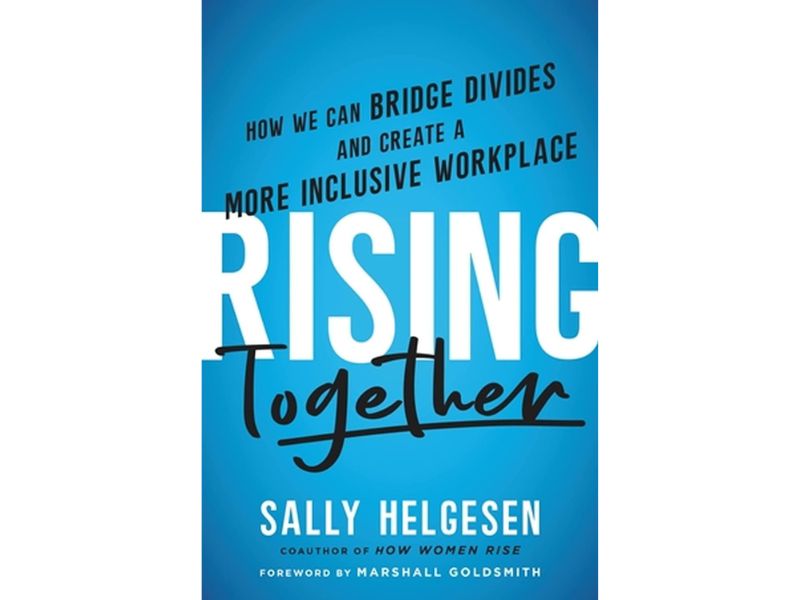
Article by Nathalie Clavijo, Assistant professor of Management Control at NEOMA Business School
Companies’ gender diversity policies tend to focus their efforts on women that occupy strategic and top hierarchical positions in organisations.
One major example is McKinsey’s report on “Women matter: Time to accelerate – Ten years into gender diversity” which focuses on women’s representation in the top management of corporations and highlights the possible solutions to generate a pipeline of women leaders. Major corporations use reports like McKinsey’s in order to find internal solutions regarding gender gap at top management levels. In these companies, gender diversity takes the form of a business case whereby a bigger proportion of women will potentially increase a company’s economic performance.
Companies’ business environment is ran by a heterosexual contract that strictly categorises what is feminine and masculine. In such environment, companies tend to adopt a “complementary” approach to show how the so-called female qualities can complement the masculine orientation of economic performance to justify why women should be hired at top management positions. While gendered norms seem to be at the source of gender inequality, companies take the risk of reinforcing them with such approach.
In such approach, companies also seem to take “women” as a single category, without taking into consideration the various sociological and economic factors that strongly differentiate women from one another. Thus, by taking the gender issue from the top of the hierarchy, companies run the risk of entrenching inequalities among women.
So what about the hidden part of the iceberg? What about all the women working at operational and non-managerial levels in companies?
During one year, I carried an ethnography in a store of one of the major players of the building distribution industry in France. During this period, I observed cashiers and hosts in their daily work where women predominantly occupied these positions (96 per cent according to company figures). The interest of this research was to understand the gendered norms that assign women to these positions and the possibilities for deviating from such norms.
“Initially, if we hired women as cashiers and hosts, well, it was to brighten our craftsmen’s day” Human Resources Director, building distribution sector
In this industry, the idealisation of masculine physical strength overshadowed women who were given administrative and hosting roles. If women were not hired at occupations that were valued by the organisation (such as the sales workforce), it is because gendered organisational norms assigned them to roles where women would be more objects than subjects to “brighten” a craftsman’s day.
A strong organisational belief celebrates the idea that women are naturally more “organised”, “rigorous”, “diplomatic”, “caring” and better at dealing “emotions” than men. Such belief, based on gendered stereotypes, plays a significant role in how occupations are distributed in the organisation.
Gendered norms do not only damage women’s trajectories in companies but men’s as well. During the ethnography, whenever a man would be recruited to take the role of a host or cashier, he would be “punished” by customers and colleagues by being called a “sissi”.
Therefore, some men would not dare submitting their application as a host or cashier. The human resources department would not consider their applications sometimes because men would then not perform their gender as expected by the organisation and by customers
By sticking to gendered norms that in the end define gendered trajectories, companies blind themselves from other possible trajectories for women and men. However, as Judith Butler mentions in her work, it is because norms exist that we have possibilities to deviate from them. Such deviation could open up new possibilities for desire in organisations that could challenge such strict gendered norms.
Major companies can be trapped in considering that gender diversity is a women’s issue for the sake of economic performance.
What if the challenge of gender diversity was to distance ourselves from the heterosexual contract that governs our business environments and maintains the strict categorisation of what is feminine and masculine? What if the real challenge was to subvert gendered norms in the workplace rather than account for the number of women embodying top management roles in leading corporations?








